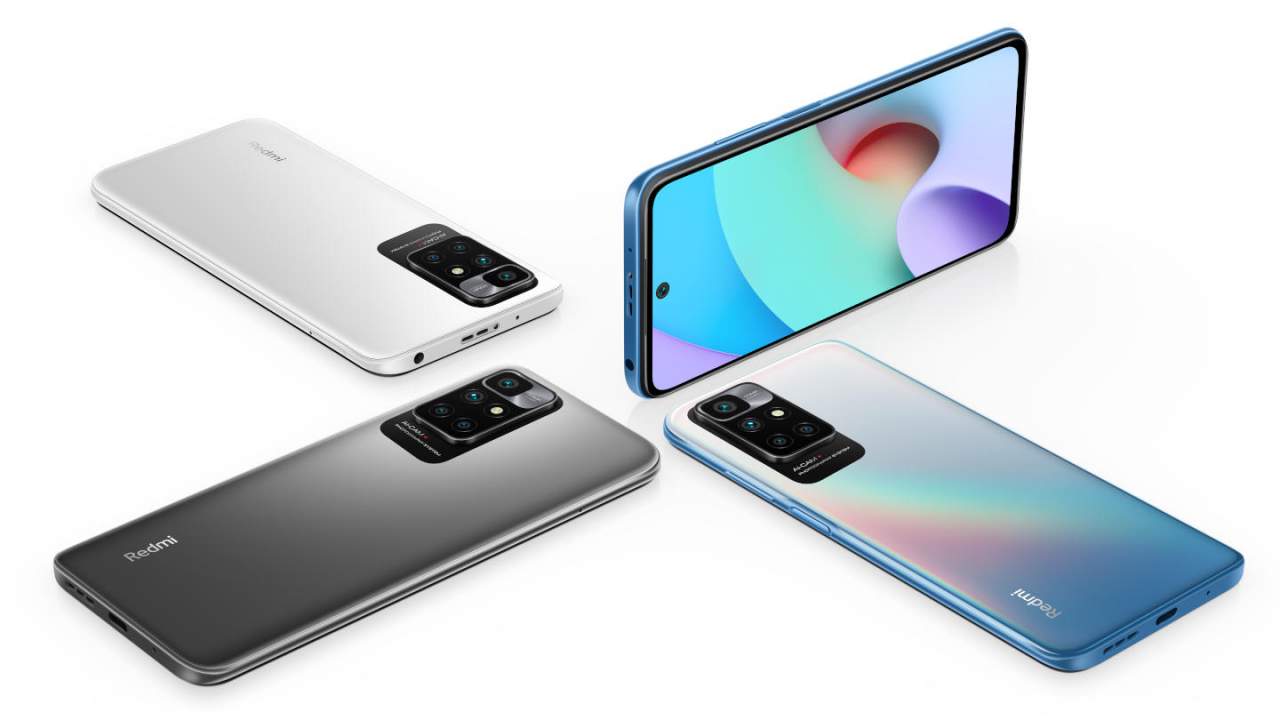
The lines the third Smartphone division continue with blur while the more powerful hardware components become cheaper and ruins lower levels. It is easier to make comparisons when phones use the same brand of transformers, but not so much when comparing apples and oranges. Take, for example, the latest REDMIs of the Xiaomi sub-brand. Billed as an input input smartphone, it definitely check all the right boxes for something a little higher than its price tag suggest.
The MediaTek Helio G88 that feeds the phone is actually a relatively new octa-core processor, but a 2.0 GHz speed is not going to make waves. With 4 GB or 6 GB of RAM and up to 128 GB of storage, however, the redmi 10 makes the mark when it comes to medium level devices. Add a 6.5 inch 2400 × 1080 FHD + screen with a 90hz refresh rate up and you have the inventions of something beyond the input entry.
The 50MP main shooter of REDMI 10 is one of his highlights, but as we now know, the megapixels do not always take into account everything. It is attached to an ultra-large polisher 8MP camera, a 2MP macro camera and a depth sensor of 2 MP. A telephoto camera would have been beautiful, but it would undoubtedly raised the higher price.
There are of course some signs that the RedMI 10 is lower than your average smartphone. The fast charge is actually limited to 18W, for one, and the absence of support of 5g. And then there is the presence of the 3.5 mm headphone jack that unfortunately became a revealing sign of a non-premium telephone these days.
Fortunately, the Redmi 10 looks more prevailing than the interior, sport design signals that you often see on more expensive phones. Although this does not match HMD Global’s NOKIA Android Phones in terms of pricing, Xiaomi Redmi 10 starts at $ 179 up to $ 219 (6 GB of RAM, 128 GB storage), which makes it An tempting option for those who can easily buys it.



